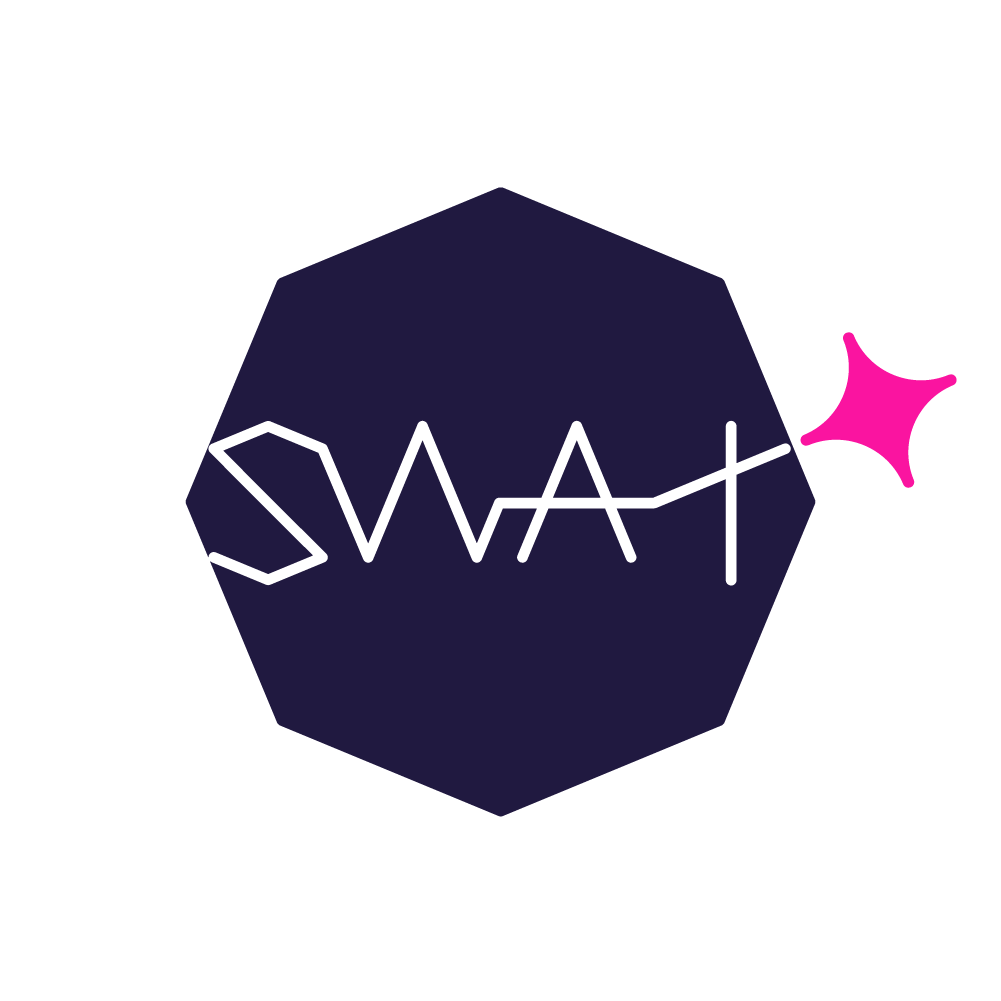To invent, you need a good imagination and a pile of junk. – Thomas A. Edison
Passion for Improving Lives
I have always been passionate about design and creativity since my first design lesson in 1992. I believe that innovation is crucial in improving our lives and running businesses.
After graduating, I worked as a design consultant and product designer. I noticed a lack of synergy between product design, production, and communication. The disconnected functions compromised the original ideas instead of enhancing consumer values. I believe there is a better way for teams to work together to create and enhance ideas holistically, resulting in better consumer values.
First Vision of Holistic Innovation in 2000
In 2000, I pursued my vision of Holistic Innovation at London’s Central Saint Martin’s College of Arts and Design. I focused on integrated multi-discipline design and business strategy. I expanded innovation beyond product design to include branding, marketing, spatial and interactive system design, and compelling brand stories. This approach tackled complex user needs and business challenges.
Learning & Practicing Multidisciplinary Skills
Upon returning to Hong Kong in 2002, I had the opportunity to work for renowned brands and companies across various industries. These experiences reinforced my capabilities in connecting different business models, consumer insights, business strategy, product innovation, brand management, sales, marketing, and business operations. However, these experiences also highlighted the inefficiencies in value creation processes, regardless of organizational size.
Common Ground: The USER Process
To address the complexity of customer-centric innovation, I will discuss the importance of customer-centric front-end innovation. I will introduce the essential USER process and key activities needed to start a customer-centric business. This process will provide a common ground and terminology for further discussion.
Customer FEES: Interdisciplinary Approach
There are various reasons for inefficiencies in value creation, including company culture, leadership mindset, staff capabilities, process design, and KPI setting. Based on 25+ years of research and practice, I propose the FEES model. FEES represents Functional, Experiential, Emotional, and Social Spiritual value dimensions that translate to customer willingness-to-pay and revenue for the business. I will define each FEES dimension and explain how to create holistic FEES along different customer journey touchpoints using customer-centric design thinking and multidisciplinary skillsets.
Building Interdisciplinary iSWAT Capability
Once the FEES are defined, the next step is to build a team with the expertise to create valuable FEES for growth. I call this team the innovation SWAT (iSWAT) team. The iSWAT team is a tightly-knit, multidisciplinary team with a customer-centric mindset. Their main responsibility is to drive customer-centric innovation for sustainable growth. I will explain the essential capabilities (knowledge, skillsets, and tools) that the iSWAT team needs to master and how to build these capabilities in traditional education or organizational settings.
Combining iSWAT with AI & Digital Tools
AI and digital technology play a crucial role in innovation. I will explain how AI can enhance the iSWAT team’s capabilities and deliver FEES innovation faster and better. By leveraging AI in the USER process, organisations can gain a competitive advantage and continuously innovate to attract more customers.
This Holistic Innovation approach is still in its beta stage and has room for improvement. I hope this book inspires new thoughts and experiments for your business. Your constructive feedback and suggestions to improve the iSWAT capability building methodology and FEES model are greatly appreciated.


